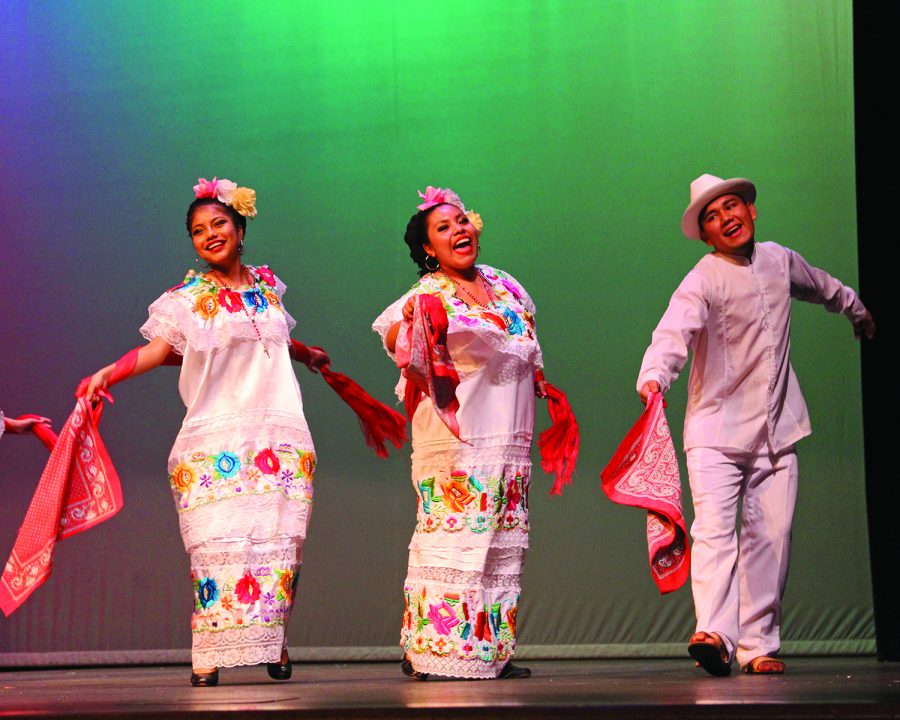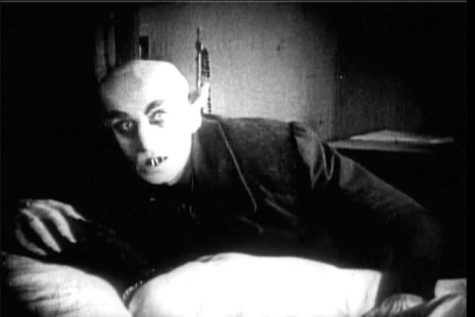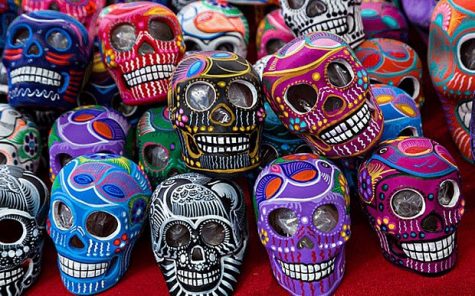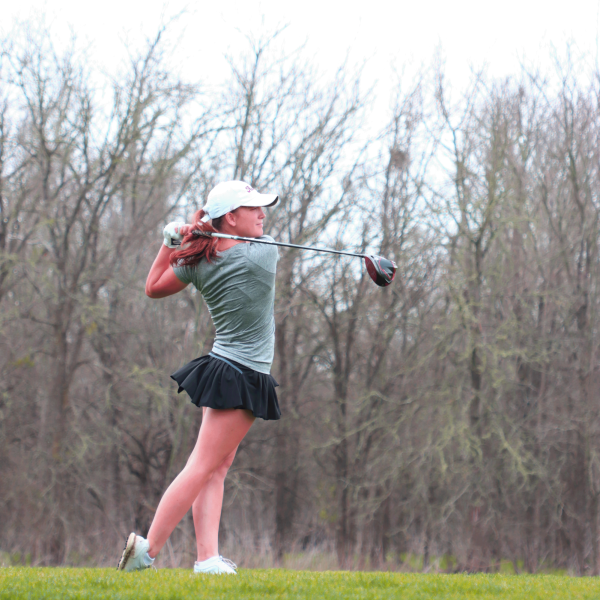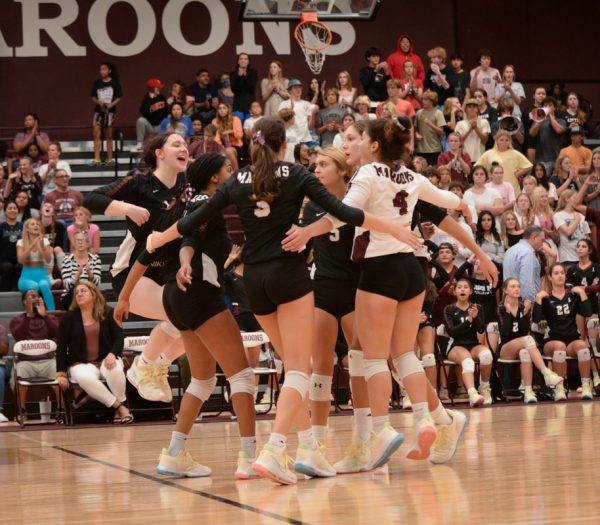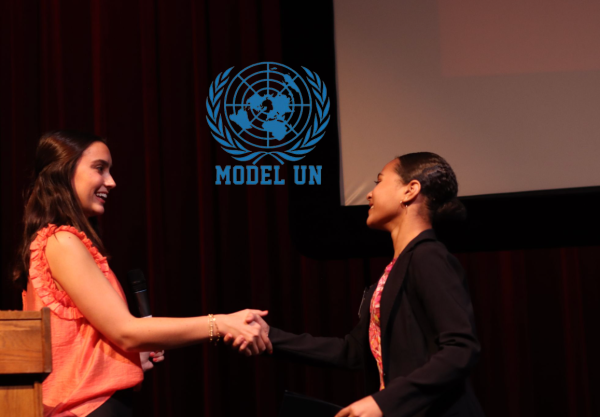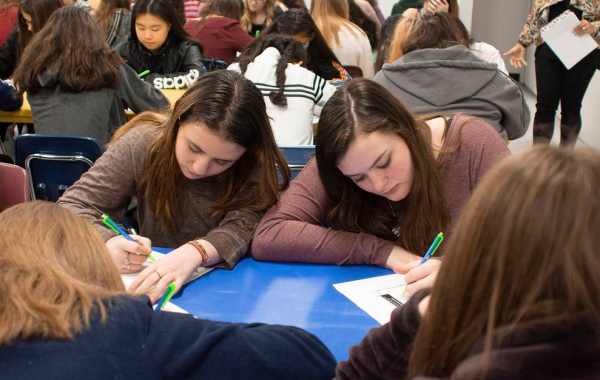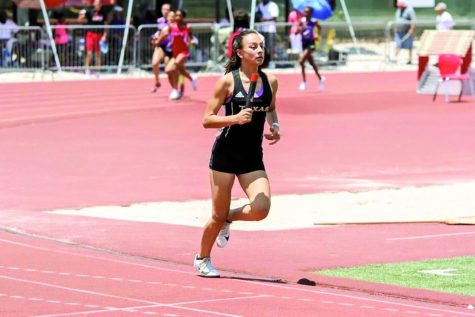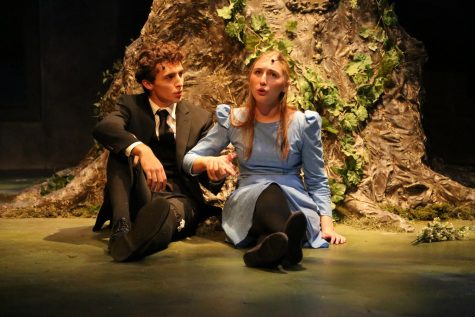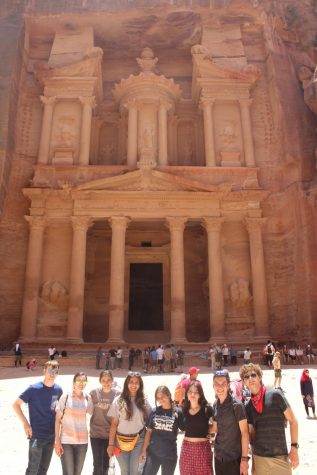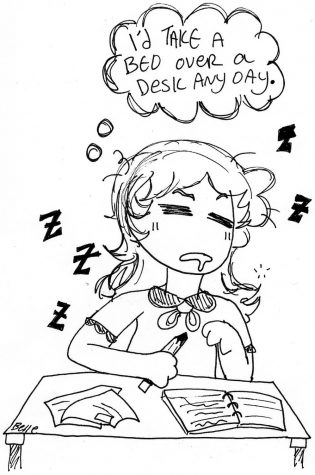More than Just a Dance Team
Traditional Mexican dance brings community of diverse students together despite hardships
The ballet folklorico team and its
members not only represent Hispanic
culture, but they represent the diversity
throughout the school. Yet, the program
currently remains with no booster club
and little to no outside funding.
“We really get no money, so we have fundraisers
throughout the year to try and raise some,” senior
captain Ashley Villareal said. “We will take gigs at
middle schools and elementary schools, and really
anything to help support us.”
It takes approximately $13,000 to keep up
with regular maintenance, costume upkeep, and
transportation to different events over the course of a
year.
Senior general lieutenant and costume mistress
Crystal Silvas, says that performing outside of school
is one of the ways the program gets the money it
needs to perform at competition.
“I don’t think like the school really sees us as like,
let’s say the Red Jackets or like, as a representative
team,” Silvas said. “We have so much diversity and
this is one thing that reinforces that because of the
Hispanic culture. We’re embracing it here, yet [the
district] is giving us nothing.”
New costumes can cost up to hundreds of dollars
if bought in America. AVID, ESL and Ballet Folklorico
director Maura Masters travels to Mexico City to get
costumes and accessories at cheaper prices.
“We receive a budget of zero dollars from the
school and zero dollars from the district,” Masters
said. “The Austin High community could support us
by coming to our performances and by participating
in our fundraisers.”
Last year, in addition to selling t-shirts and candles
as their annual fundraisers, ballet folklorico received
a Senate Proclamation sponsored by Senator Kirk
Watson. It was passed by the Texas Senate in honor of
the 15th anniversary of their “rebirth.”
“With proper funding, we could be a thing,”
Villareal said. “It’s weird because we, as a school,
pride ourselves on being more diverse and everything,
but we really don’t get any recognition for it,” Villareal
said.
In an effort to refrain from buying new costumes
or accessories, Masters sews tears and makes all the
hairpieces for competitions.
“As for me, my job is to help to make hairpieces
for the new girls,” Silvas said. “Masters does that
a lot, and it’s very DIY in a way. [However], when
a competition comes and we try to do things
professionally, try to get authentic stuff because that’s
something the coaches and judges can take points off
for during competition, but that stuff costs money.”
Ballet Folklorico competes in Round Rock and
Lubbock and have won first, second, and third place.
Any wins and accomplishments are recognized on the
Folklorico Maroons Facebook page.
“[Masters] has a small car so we have to get a
rental car [for competition],” Villareal said. “On top
of that our choreographer needs space along with
any parent volunteers that we get. We also have
competition fees because it costs a certain amount of
money per entry.”
According to Villareal and Silvas, this feeling of
crampedness in the cars also translates to the closet
where the costumes are stored.
“Everything’s cramped in there because we have a
lot of dresses,” Villareal said. “We have to get dressed
in the hallway and that’s so inconvenient to because
people will walk by trying to go places.”
They currently practice in the cafeteria and
sometimes share the space with P.E coaches who
can’t take their students outside due to scheduling or
weather.
“I feel like we don’t have our own space or
privacy,” Silvas said. “[The school] is trying to make
room for us, but not treating us like a priority.”
On the floor of the cafeteria, the team places a
portable 32-by-32 foot dance floor to practice on.
According to Masters, the floor is “like a waffle”
underneath in order to absorb the shock of dance
steps. The portable floor’s folds are currently kept
intact with duct tape.
“Initially, we rehearsed directly on the cafeteria
floor,” Masters said. “But kids were developing knee
issues, so the floor was purchased to protect our
dancers.”
The practice area, however, is not the same size
as competition floors. So, Masters has her competition
team rehearse in the dance room on Saturdays.
Competition rehearsal lasts for about three months,
but according to Masters, the dance season never
ends.
“Our ‘season’ starts about 90 minutes after our
season ends,” Masters said. “Following the dance
portion of our final exam,”… “we get to work with
budget decisions, dance corps, building decisions and
a creative decision map for the next school year.”
Dance officers come to school during the summer
for a week of training, which includes work with the
costume inventory, repertoire review, and training in
how to instruct new dancers.
“Officers also sit in on business meetings and
make budget priority decisions and assist in casting
and the choreography of smaller, private gigs,”
Masters said. “They learn management, teaching and
financial skills that can help them in college and in
careers beyond ballet folklorico.”
According to Masters, students have improved
their grades in order to audition for competition
teams, have learned to believe in themselves enough
to apply to colleges, and have even stopped from
dropping out because of ballet folklorico.
“I want them to be respected for the work that
they do and how well they represent the school in
the community,” Masters said. “We have to trust
each other, we have to believe in each other, we have
to care about each other and about all the dancers
because, in the end, we all have a job to do to get
our performances on stage. It is like a game of Jenga
and pulling out any block could topple the tower. We
support each other.”



